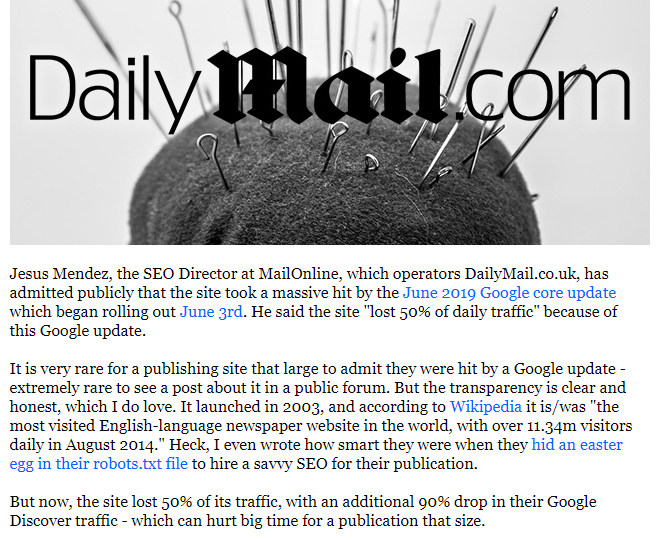Every year, Google rolls out hundreds of updates to its algorithm. Most of these are very small and have little noticeable effect on SERPs (search engine results pages).
But every now and then, Google will release an update that has a huge effect on all sorts of websites’ rankings.
Why does Google make these changes? Because ultimately they want people to carry on using Google, and if the search results that using Google produces don’t come up to scratch, people will start using other services more.
For search marketers, knowing the dates of these Google updates can help explain changes in rankings and organic website traffic and ultimately improve search engine optimization. (Source)
Some updates in the past have been:
- Panda – to weed out low-quality content sites
- Penguin – to penalise pages and sites (by demoting them in the SERPs) that used black-hat SEO techniques (ie naughty) to manipulate the number of links pointing to the page. This included paid-for backlinks
- Hummingbird – placing greater emphasis on ‘natural language’ search queries, considering context and meaning over individual keywords


